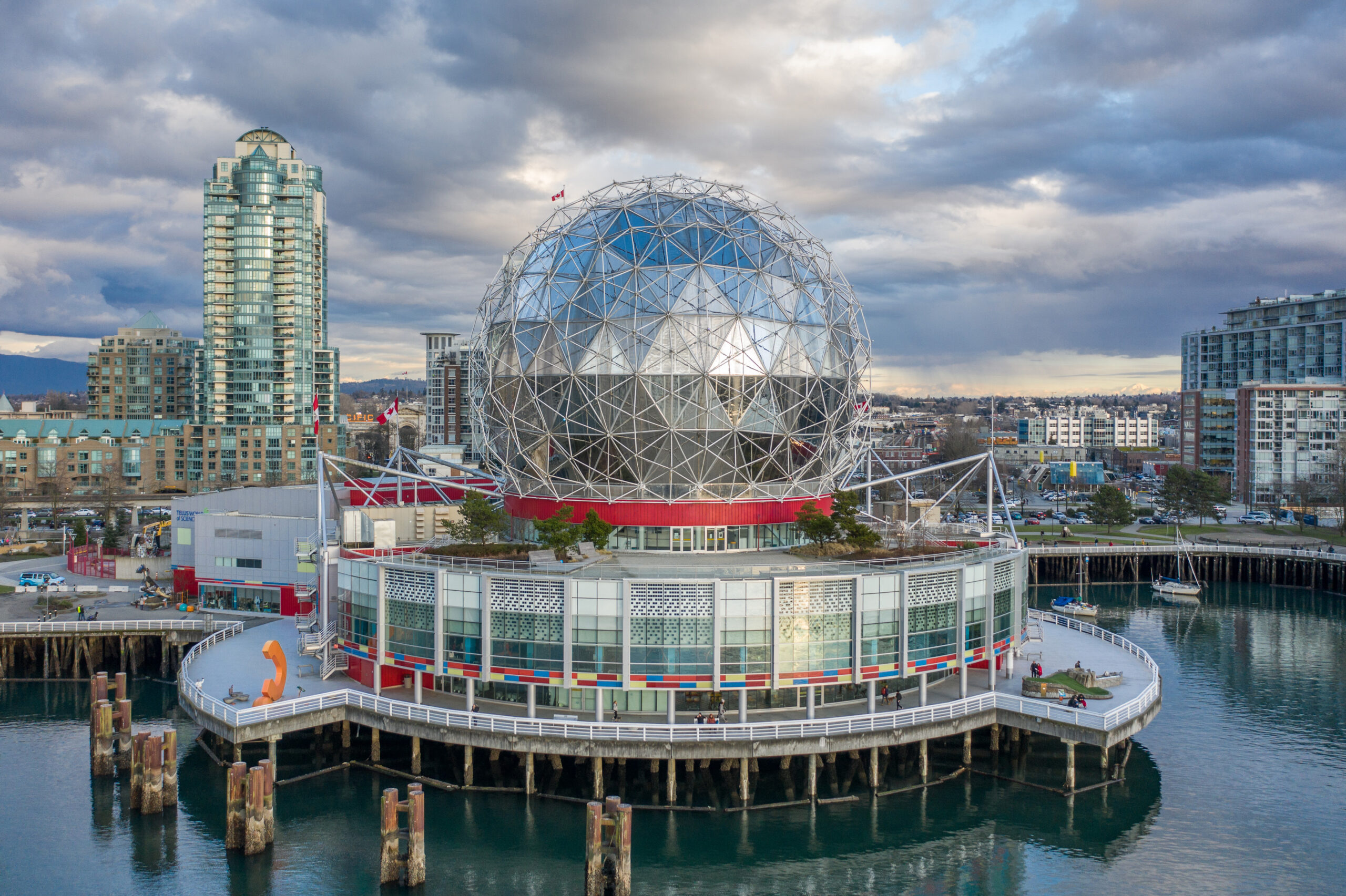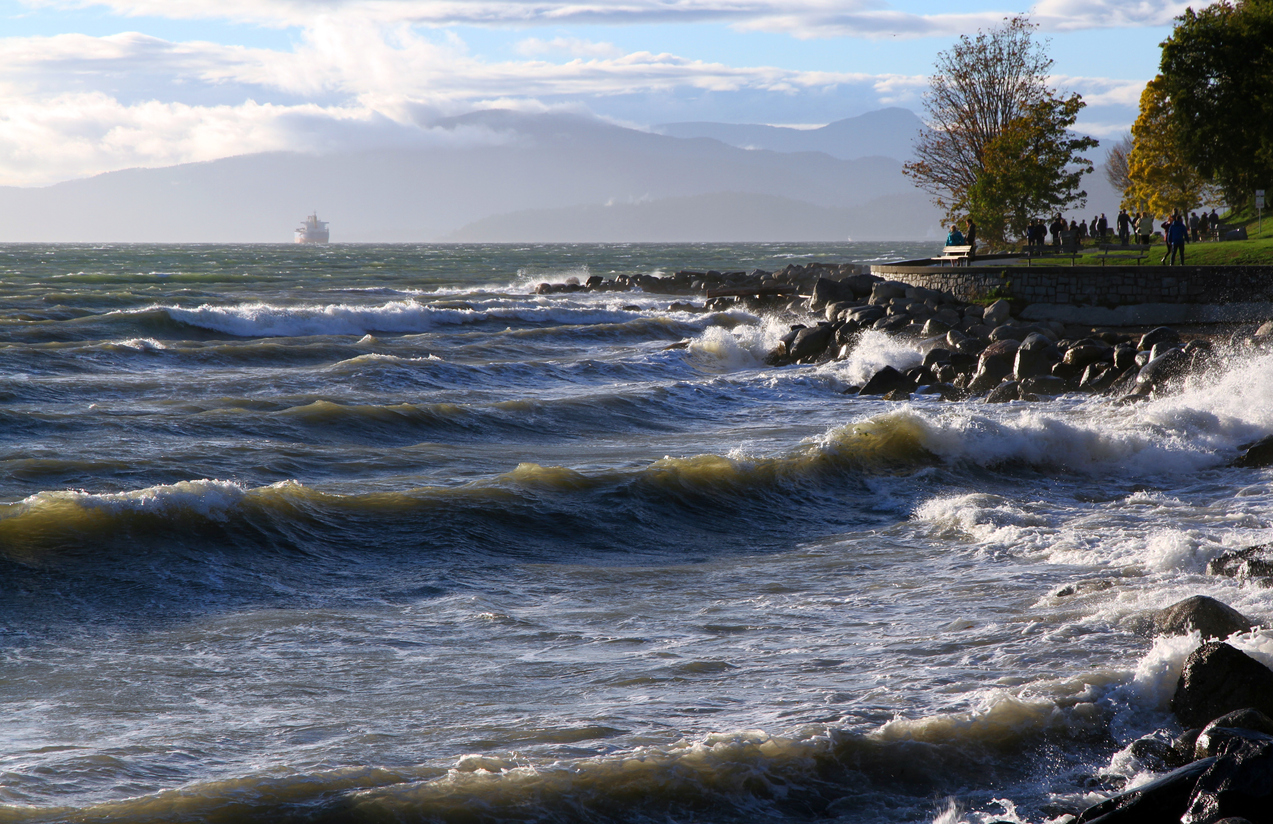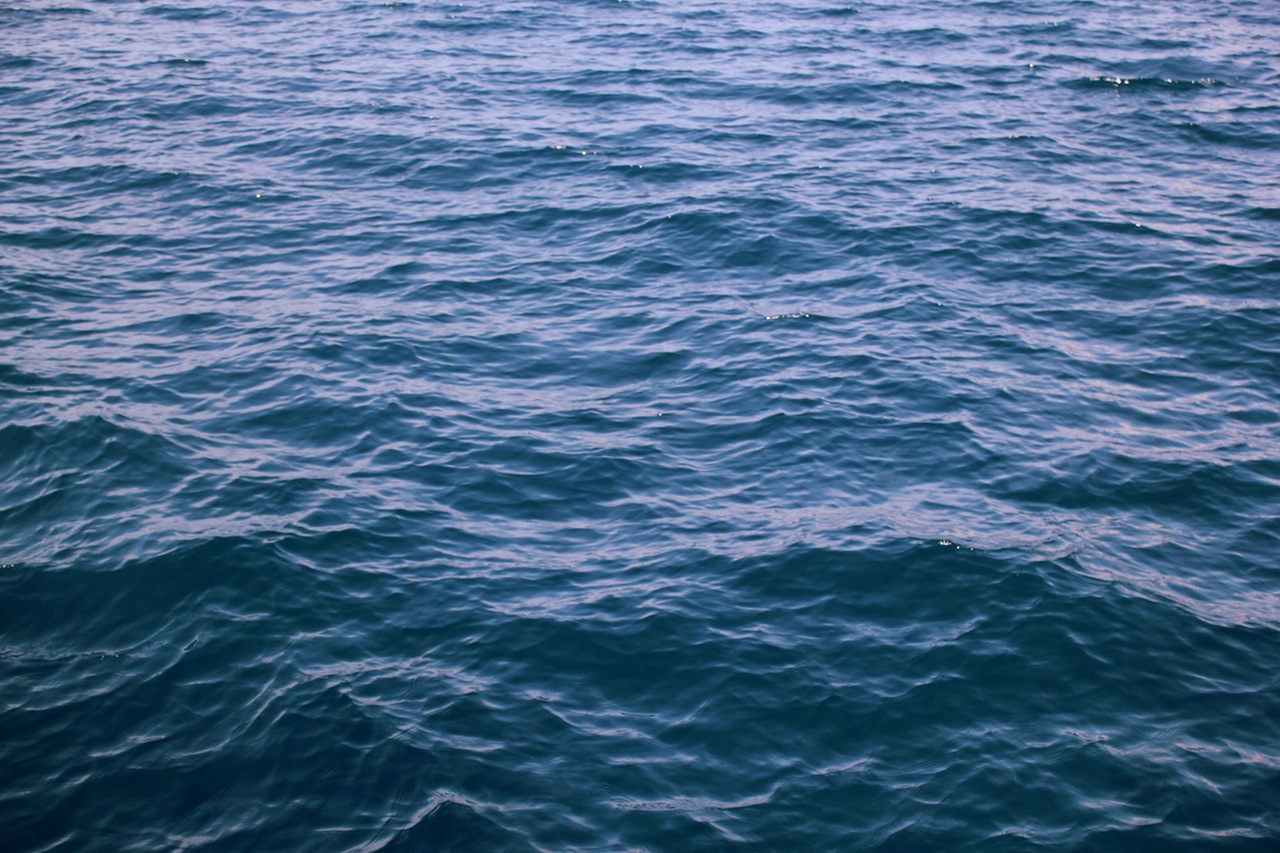As the climate warms, there will be more global ice melt.
This has two main impacts: first, as massive ice sheets in Antarctica and Greenland melt, sea level will rise.
Second, some rivers in British Columbia will have less water as glaciers that used to feed them shrink or even disappear.
Sea level rise will impact low-lying areas like the Fraser Valley and Richmond, which is “flat as a pancake” says Sean Fleming, a professor with the Department of Earth, Ocean and Atmospheric Sciences at UBC. Water levels where rivers meet the ocean will also rise.
Vancouver has the largest number of dikes in Canada and that will be a problem as sea levels rise and storms and high tides batter the city, says John Clague, an earth scientist and officer of the Order of Canada.
Dikes are imperfect infrastructure when it comes to protecting a city because they need to be rebuilt higher and higher as sea level rises, which could cost billions of dollars every decade, and if one single part of the sea wall fails water can flood an area.
Explore sea level rise in BC

Save Science World from sea level rise.
Experiment at home
Why are dikes imperfect solutions to sea level rise?

What is climate resilience? Four examples from BC.
Read our story
Things are changing fast in BC so it’s important to remember that the world has gone through dramatic changes before and will again, says Shandin Pete, an ethnographic geoscientist Ethnographic geoscientistA specialist who combines the study of geoscience with ethnographic methods to understand the relationship between people and their environment from a cultural and social perspective. who studies what Indigenous Oral tradition and language can teach us about the climate in the past.
Pete is from Nłq̓alqʷ and is Bitterroot Band of Salish in Montana and Diné from Beshbihot Valley in Arizona.
Indigenous language is as old as people in North America, which is more than 18,000 years or “the beginning of time,” Pete says. The climate has changed a lot during that time.
For example, in one language the month of February used to be called “so cold it would freeze your hair,” but then the name changed, suggesting winter months became warmer.
Rivers in much of BC depend on a combination of glacier ice melt, seasonal snow melt and rainfall, and smaller rivers on the coast depend mainly on rain, Fleming says.
As the entire province adjusts to less water in the summer many ecosystems will get dryer — but they won’t get as dry as deserts in the United States, he adds.
But there will likely be massive salmon die offs because those fish need cold, large rivers for them to swim back to where they were born to spawn, using rivers as highways every summer. And that impacts entire ecosystems that depend on the salmon.
Lower river levels will also change how we power BC, Clague says. Currently around 87 per cent of the province runs off hydropower which requires large reservoirs of water. With less snowmelt, glacier melt or summer rain we might have less water to power the whole process, he adds.
Storing water from winter using dams and reservoirs will give hydropower producers some flexibility and resilience, Fleming says.
In the future with low levels of snowmelt and summer rain we might not have enough water to power the whole province, Clague adds.
Anecdotally, Pete has also tracked changes using modern language.
His parents would talk about the deep snows of Montana and people told him it rained all the time in Vancouver when he moved here. Now winters have less snow and the summers are dry with little to no rain, he says.
As the climate changes it’s important to observe what’s happening rather than trying to immediately control what’s happening, Pete adds.
Humans have always observed and adapted — “there’s flexibility to nature,” he says.
Learn more from Dr. Shandin Pete
Curious about the science of climate BC?
Explore the unfolding science and timeless solutions for regenerating our planet at Change Reaction.
